Knowing how to pick the right fertilizer for your lawn is the first step toward a lush and green lawn. You’ll need more than just a good lawn mower to keep a well-maintained and attractive lawn outside your business premises, though a good lawn mower and lawn care specialist always helps.
Without proper fertilization and overseeding, and other specialist lawn care tricks, your turf can quickly become patchy, brown, and unhealthy. And, without a good fertilizer, your lawn also becomes more vulnerable to pests and fungi.
At Earth Development, we provide comprehensive commercial lawn fertilizer services across the Midwest, including Milwaukee, Madison, and Minneapolis. We also provide a wealth of information to readers right here on our website, so in this piece, we will explore the best type of fertilizer for lawns, how you can choose the right one, and other steps you can take to ensure your lawn stays healthy.
The Top 5 Best Lawn Fertilizers
When it comes to the best fertilizer for a lawn, the best solution for you depends on your lawn and your needs. So, when debating which fertilizer to use, we have created a guide to the top five grass fertilizers to give your cool and warm-season grasses the boost they need. Here is the best fertilizer for lawn needs.
1. Best Overall Lawn Fertilizer: Milorganite Slow Release Nitrogen Lawn Fertilizer

The best fertilizer for grass, overall, is Milorganite Slow Release Nitrogen Lawn Fertilizer. This grass fertilizer is wonderful for promoting healthy grass, trees, shrubs, and flowers. With a non-burning, slow-release fertilizer solution, this nitrogen formula feeds for up to 10 weeks, while the iron helps promote long-lasting green grass.
Pros:
- It stays in the root zone, preventing groundwater or well contamination;
- The slow-release fertilizer keeps feeding for up to 10 weeks so you don’t have to constantly re-fertilize;
- The non-burning formula protects vegetation;
- It does not contain salt so can be used in drought conditions;
- It does not need to be watered in.
Cons:
- The 32 lb bag only covers 2,500 square feet, compared to other bags that can cover 5,000.
2. Best Organic Fertilizer: Organic Lawn Food by Jonathan Green
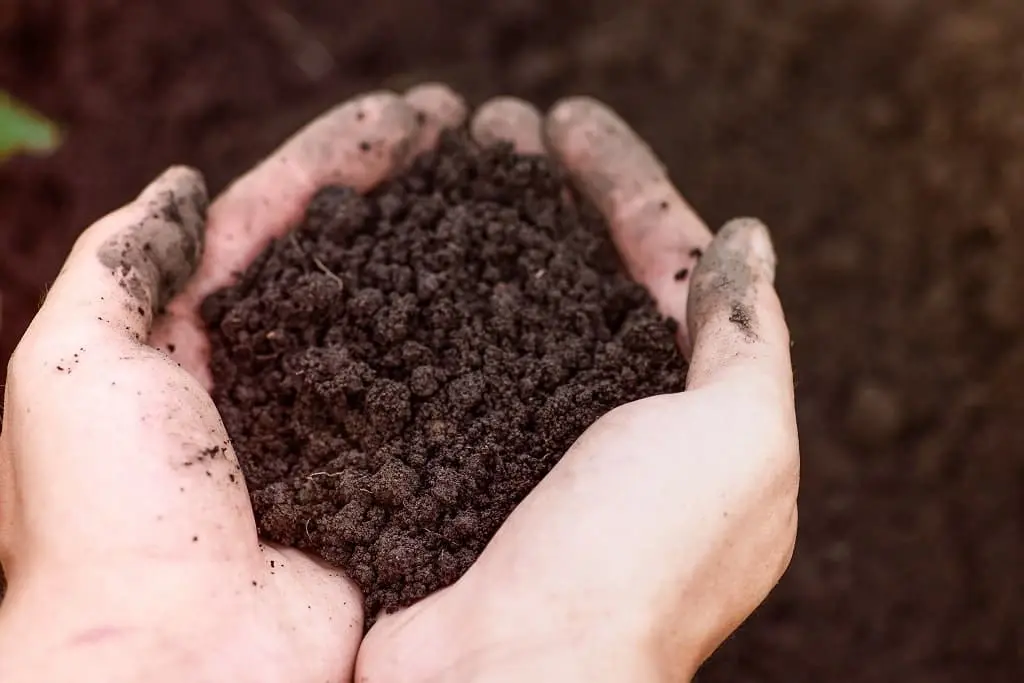
When it comes to the best organic fertilizers, Jonathan Green is at the top of the list. For a healthy lawn, organic fertilizer like this is essential. It is made with food-grade organic materials, like feather meal, soybean meal, and blood meal. Plus, it’s enriched with calcium carbonate and sulfate of potash. And with organic fertilizers, such as this organic fertilizer from Jonathan Green, you can feel safe using it around children and pets.
Pros:
- Offers a homogenous blend for all grass types;
- Safe for both kids and pets.
Cons:
- Takes longer to see the benefits of this organic grass fertilizer.
3. Best Lawn Starter Fertilizer: Scotts Turf Builder Starter Food for New Grass
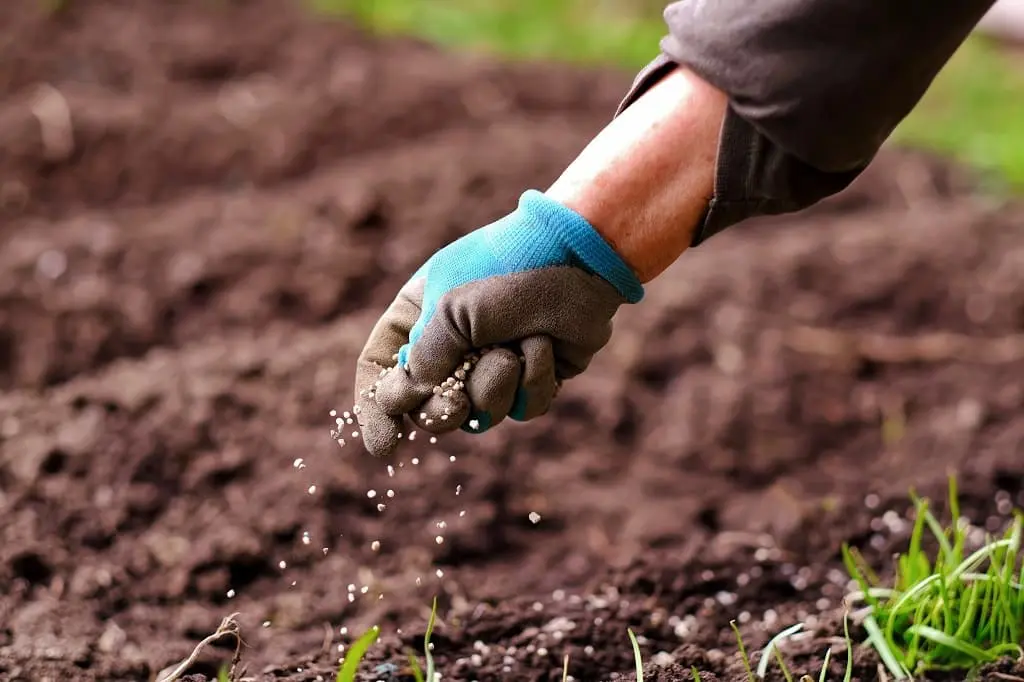
For lawn fertilizers for new grass, we prefer the Scotts Turf Builder for lawn fertilization and grass growth.
This Starter Food blend promotes faster root and blade development, with a 24-25-4 lawn fertilizer ratio that provides the ideal amount of nutrients for a developing lawn. With this formula, you will promote grass seed to develop faster, improving seeding results so it grows 70% thicker, as well as 35% faster.
Pros:
- Speeds up grass growth;
- Safe to use on any grass type;
- Provides proper nutrients for a newly developing lawn;
- Can be used when planting new grass, starting a new lawn, or reseeding an established lawn.
Cons:
- Should not be applied directly on newly planted sod, as it can cause burning.
4. Best Weed and Feed: Scotts Turf Builder Weed and Feed

For addressing weeds while promoting lush green grass, Scotts Turf Builder Weed and Feed is the best lawn fertilizer product for the job.
This weed-killing lawn fertilizer relies on WeedGrip Technology to grip and kills the weeds you see, as well as the ones you don’t. The lawn fertilizer is formulated to address over 50 listed weeds, including clover and dandelion while creating a ticker, green grass.
Pros:
- Created with WeedGrip Technology to address over 50 common weeds;
- Helps to promote a lush lawn while killing weeds;
- Crowds out future weeds.
Cons:
- Can only be applied when temperatures are remaining between 60-90 degrees Fahrenheit.
5. Best Fertilizer for Green Grass: Ironite Mineral Supplement/Fertilizer
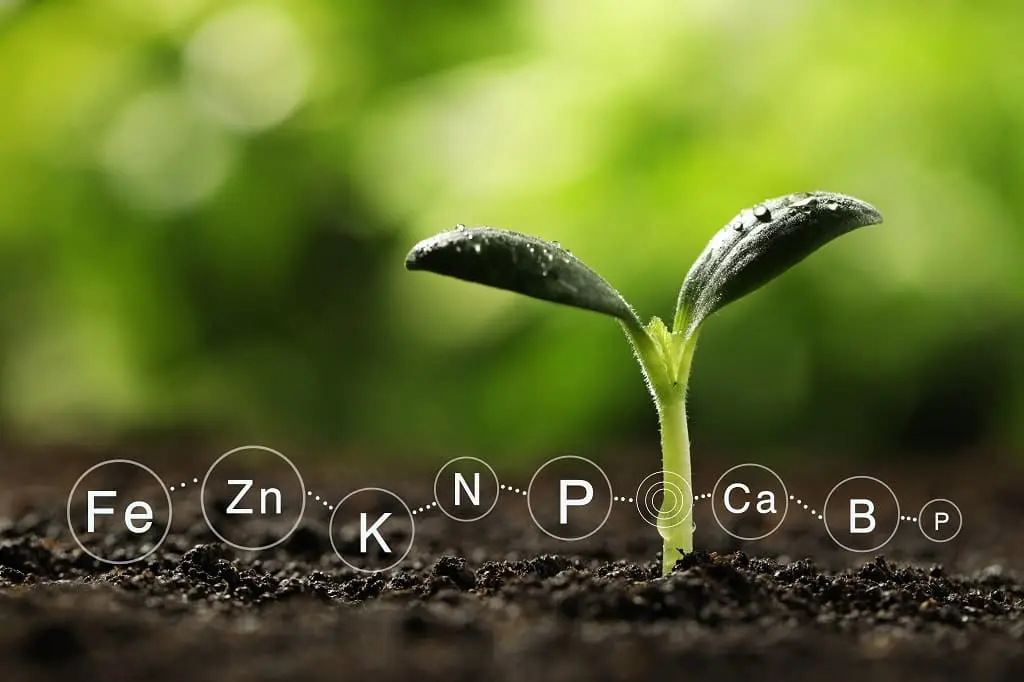
Of all the lawn fertilizers, Ironite Mineral Supplement is best for getting that perfect green grass look. To promote greener grass, this formula addresses nutrient deficiencies in your grass with a combination of iron, sulfur, and other minerals to promote a more vibrant finish. While promoting greener grass, the supplement also helps reduce mowing, compared to lawn fertilizers that promote growth.
Pros:
- Promotes a more vibrant green grass;
- Can be used on both the lawn and garden;
- Does not stain or burn.
Cons:
- Does not promote grass growth.
Different Types of Lawn Fertilizers
Once you’ve mastered NPK numbers, you also need to ask yourself, “What type of fertilizer should I use on my lawn?”.
There are many kinds of lawn fertilizers to choose from, but the best lawn fertilizers for your lawn depend on many factors. Whether you prefer organic, synthetic, granular, or liquid fertilizers, and so many more, we are breaking it all down here.
Organic Fertilizer vs. Synthetic Fertilizer
Organic fertilizers are made from natural materials that give your lawn the essential nutrients It needs. Typically, these fertilizers are great for boosting the nutrients in your soil, too.
Organic Fertilizer:
- Won’t burn lawns;
- Offer slow and steady nutrient release;
- Has a wide range of trace minerals and balanced nutrition;
- Boosts soil life by breaking down soil matter.
Synthetic fertilizers, on the other hand, are ideal for providing the exact amount of nutrients your lawn needs based on its chemical makeup.
Synthetic fertilizers:
- Are commonly available;
- Formulas vary for specific lawn needs;
- Work quickly;
- Are inexpensive.
Liquid Fertilizer vs. Granular Fertilizer
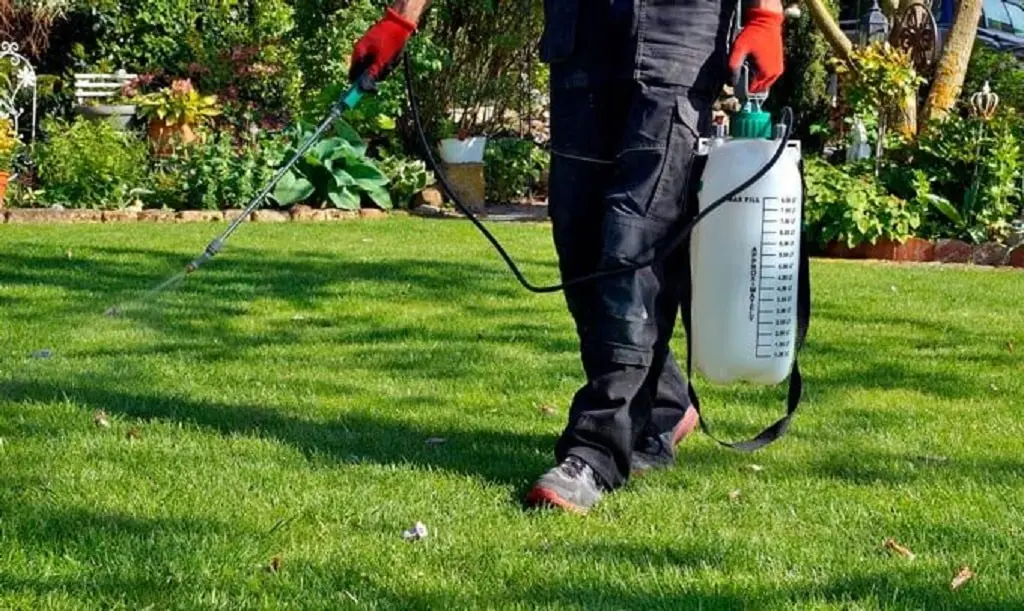
Liquid fertilizers are liquid concentrates that are diluted with water that can then be easily sprayed on the lawn. Many liquid fertilizers are quick-release and give your lawn essential nutrients.
Liquid fertilizer:
- Easy to spray across the lawn;
- Offer a quick-release formula;
- Must be re-applied more frequently as it absorbs quickly.
Granular fertilizers are dry, unlike liquid formulas, and come in the form of pellets. Most granular formulations are slow-release and provide nutrients to your lawn over a long period.
Granular fertilizer:
- Slow-release formula;
- Won’t need to be reapplied during the season;
- Provides nutrients over a long period.
Slow-Release Fertilizer vs Quick-Release Fertilizer
Slow-release formulas feature granular beads that offer fertilizer that releases nutrients over a controlled period, typically 6-8 weeks for longer, more consistent enrichment of your lawn.
Slow-Release Fertilizers:
- Provides uniform application and growth;
- Decreases loss of nutrients through the soil and air;
- Less likely to burn the lawn;
- Doesn’t require as many re-applications.
Quick-release fertilizers come as both liquids or water-soluble beads. These immediate-release options release nutrients right away into the soil when watered for an immediate boost of nutrients.
Quick-Release Fertilizer:
- Fast response from grass;
- Less expensive than alternatives;
- Provides immediate nutrients;
- Is more likely to burn;
- Needs more frequent applications.
Specialty Lawn Fertilizers
Several fertilizer options can help target your lawn’s unique needs and requirements. With these types of fertilizers, you can give your lawn the boost it needs for a healthier lawn.
Some specialty lawn fertilizer types include:
- Weed and feed
This is a mixture of nutrients as well as weed-killing chemicals that keep your lawn free of pesky weeds and plants.
- Fertilizers for New Lawns
These mixtures are formulated to promote faster, lush growth. of the lawn, allowing new seeds to grow rapidly.
- Seasonal Lawn Fertilizers
Wondering what is the best lawn fertilizer for early spring? There are unique lawn fertilizers for different seasons, allowing your lawn to grow strong depending on the weather.
How to Choose the Best Fertilizer for Your Lawn?
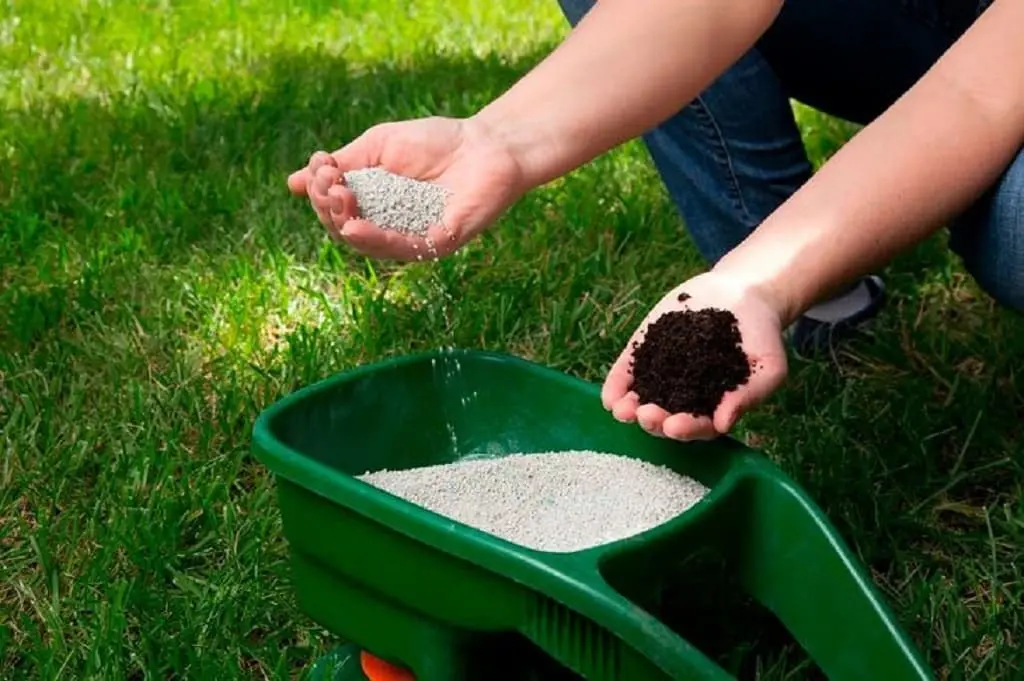
With so many options for the best lawn fertilizer for your lawn, it can be hard to select the right one for you. To help you choose the best lawn fertilizers for your yard, follow our step-by-step guide.
Step 1: Consider Your Grass Type
The grass type growing in your lawn is an essential factor when choosing which fertilizer to use, and there are two primary types found in yards across the U.S.: cool-season grasses and warm-season grasses.
- Cool-season grasses: This type of grass is best in cooler areas of the country. The species included in this type include Kentucky bluegrass, fescue, ryegrass, and bentgrass. These grasses stay green all year and are best fertilized after the weather cools down, such as at the end of the summer;
- Warm-season grasses: Typically found in warmer climates, species of warm-season grasses include Bermuda grass, zoysia, St. Augustine, and buffalo grass. All of these grasses become dormant in the winter and thrive in warm-season growth. These are best fertilized when the weather heats up.
Step 2: Determining What Nutrients Your Lawn Needs
To determine what your lawn needs, you have to test the soil. With a soil test kit, you can take a look at soil microbes, the soil’s pH levels, how much acidity is present, and what nutrients are missing so you can address these issues for a healthier lawn.
To do this, all you need to do is dig up some soil and send it to the county Extension office for testing to learn what your soil needs. Typically, we recommend regular tests of your soil.
Step 3: Understand the N-P-K Numbers
Knowing the N-P-K numbers is a key part of knowing how to choose a lawn fertilizer. These numbers determine how effective a fertilizer can be, or even how ineffective it can be.
Each fertilizer you’ll find available for sale will show you the ratio contained within it on the back of the back. The numbers show the percentage of potassium, phosphate, and nitrogen. A bag that reads 30-10-20, for instance, will mean that it consists of 30% nitrogen, 10% phosphate, and 20% potassium.
You might be wondering why fertilizers change this ratio if the numbers can be wrong – and that’s a good question. The answer, however, is that every law needs something different. With each nutrient offering different benefits, it’s up to you to find a ratio that suits your lawn.
How Do I Choose the Right Ratio?
Choosing the right ratio depends on the current health of your lawn. Here are some general rules to stick to.
A Healthy Lawn
For an established and healthy lawn, choose fertilizers that are rich in nitrogen but lower in phosphorus and potassium. Nitrogen is the least expensive nutrient of the bunch, and an established and healthy lawn doesn’t need as much potassium or phosphorus.
A New Lawn
For a new lawn, phosphorus, and potassium are much more important. Go easy on the nitrogen as the roots aren’t ready to handle a lot of top growth yet. So choose a fertilizer that’s low in nitrogen and high in potassium and phosphorus. It’s usually more expensive, but it’s important for new turf.
A Stressed Lawn
If your grass is dealing with stressful conditions, then an increase in potassium can help prevent that stress and prepare the grass to be stronger. Choose fertilizers with high nitrogen and potassium, but lower in phosphorus.
Step 4: Choose the Type and Form Best to Fit Your Lawn
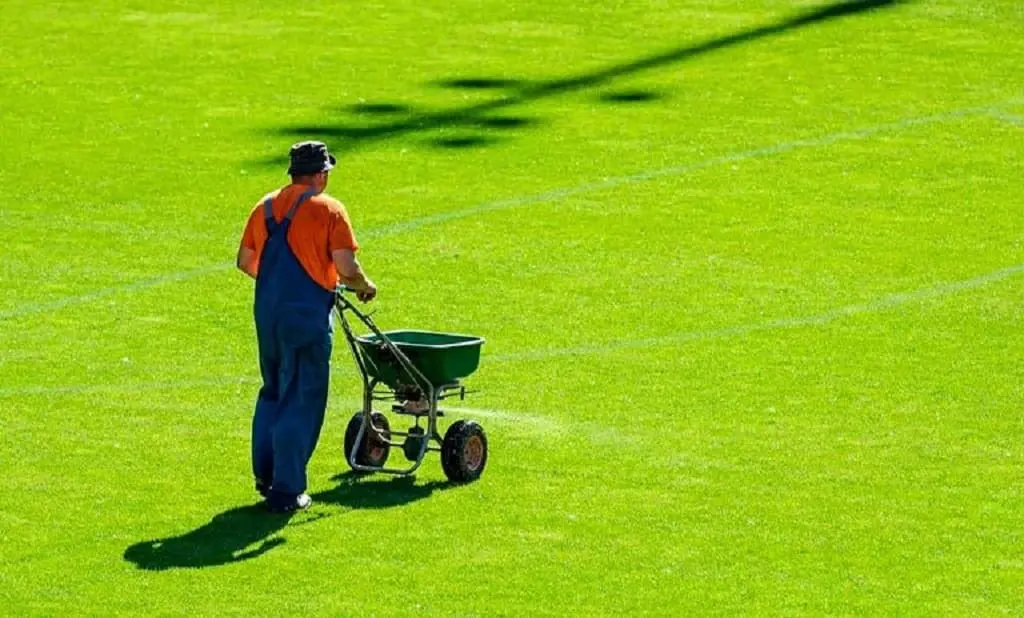
Now it’s time to choose between the different types of fertilizer. As we explained before, there are some options, whether liquid or granular, slow-release or quick-release, the best one for you depends on your goals.
When debating the options, consider what kind of results you need. Is it late in the season and you want quick results for a greener lawn? A quick-release formula is best for you. However, if you go ahead and apply your fertilizer in the spring, a slow-release, granular formula will help ensure the longevity of your lawn.
Step 5: Plan for Five Applications – Starting in April
There’s something to know about fertilizer – it’s not one-and-done. It’s important to plan and schedule your applications over the year, as your lawn will surely need it. While those of us up North won’t re-apply fertilizer in the winter months, doing so when the weather is warmer before the frost settles is essential to maintaining your lawn and keeping it healthy through all the seasons.
Not Sure Which to Choose? Leave It to Earth Development
Knowing how to pick the right fertilizer for your lawn can be complicated. That’s why businesses throughout the Midwest and beyond trust contractors with the task. Our teams of local experts offer commercial landscaping services, boast years of experience, and know precisely what kind of fertilizer your lawn needs based on its current condition and health.
For businesses, our service is extremely convenient. We’ll keep on top of your lawn while you do what you do best.
For more information about how we can help, to learn more about our seasonal packages, or to get a free quote, pick up the phone and give us a call today!
